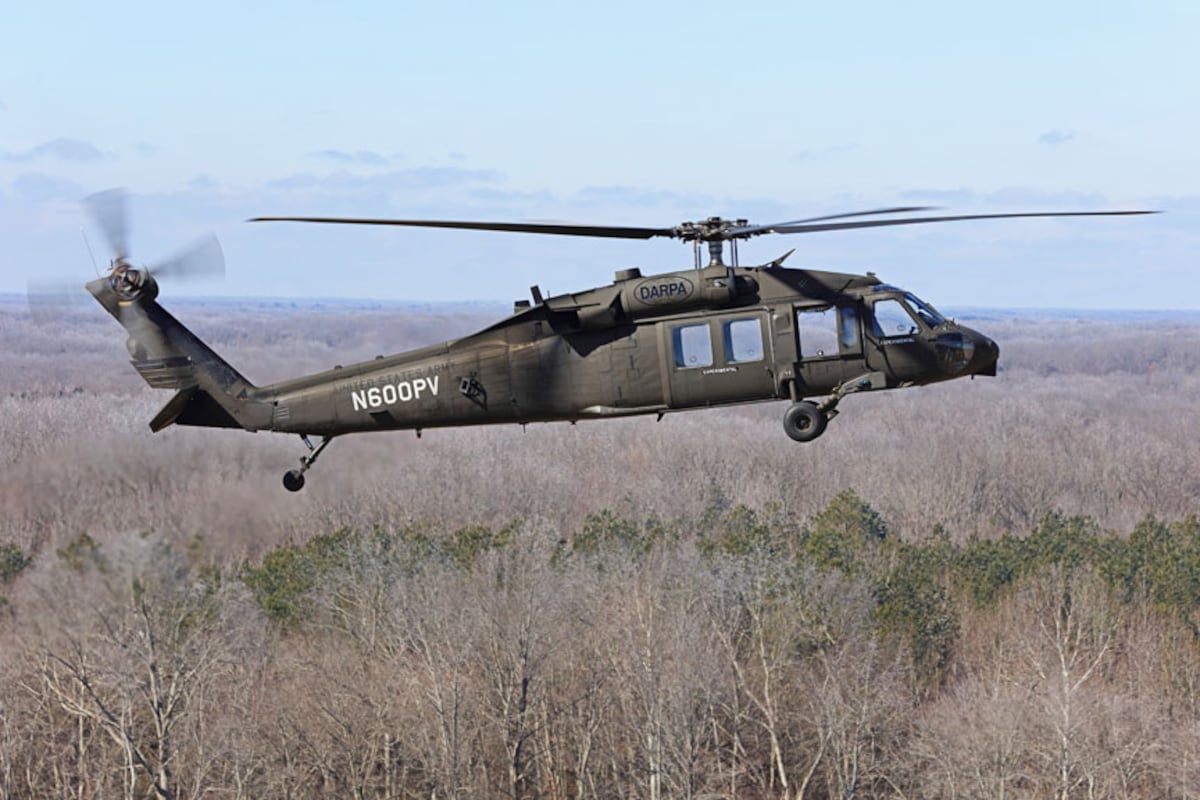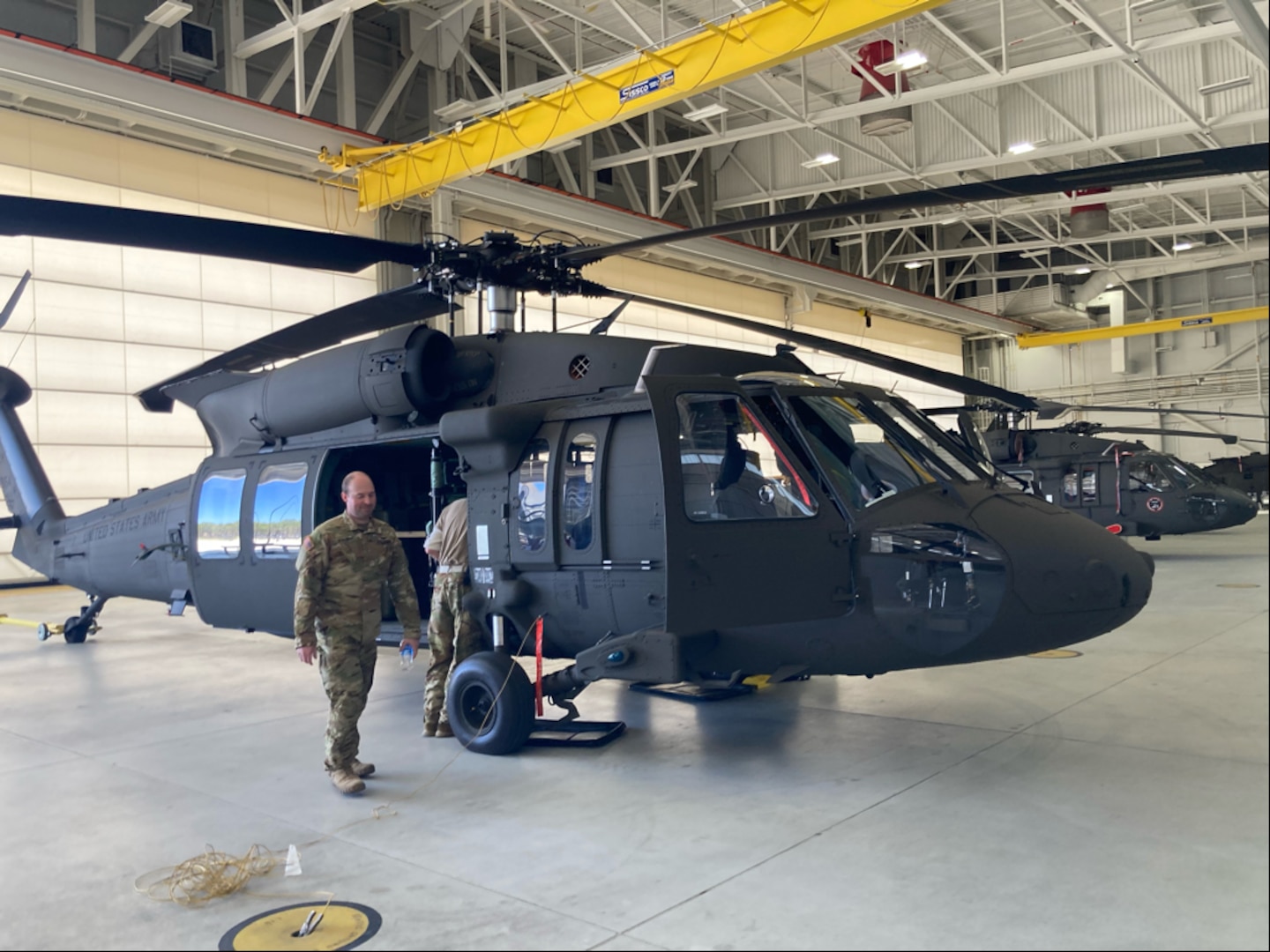Why the Blackhawk Helicopter Continues To Be a Vital Property for Global Defense Forces
Why the Blackhawk Helicopter Continues To Be a Vital Property for Global Defense Forces
Blog Article
Blackhawk Helicopters: Transforming Civil and army Aviation
The introduction of Blackhawk helicopters in the late 1970s marked a considerable advancement in both civil and armed forces aviation. As we examine their extensive influence, it is essential to consider the future trajectory of Blackhawk air travel and the obstacles that may exist in advance in a rapidly transforming landscape.
History of Blackhawk Helicopters
Historically, the development of Blackhawk helicopters began in the 1960s, driven by the USA Army's requirement for a functional energy aircraft to change the aging fleet of helicopters in solution back then. The Army sought a platform that might perform a variety of objectives, consisting of troop transport, medical emptying, and logistical assistance, with improved array, speed, and haul capability. In 1972, Sikorsky Aircraft Corporation was awarded the agreement for the new layout, which would become understood as the UH-60 Blackhawk.
The Blackhawk's style was defined by sophisticated technologies, consisting of a twin-engine setup, a four-blade main rotor system, and a durable airframe designed for longevity in fight scenarios. The first flight of the model occurred in 1974, and by 1979, the Blackhawk got in service, rapidly ending up being a keystone of the Army's air travel capacities. Its operational flexibility and reliability were apparent in numerous armed forces procedures throughout the 1980s and past. Throughout the years, the Blackhawk has actually undergone numerous upgrades, ensuring its importance in modern-day warfare while likewise leading the way for its adaptation in civil aviation roles, further solidifying its status as a legendary aircraft.
Military Applications and Impact
The convenience of the UH-60 Blackhawk has actually made it an important possession in different military applications considering that its introduction. Designed for multi-role capabilities, the Blackhawk supports army transport, medevac procedures, reconnaissance missions, and logistical assistance. Its ability to run in diverse settings, from urban settings to tough surfaces, boosts its effectiveness in fight and humanitarian objectives alike.
Blackhawks have played critical functions in numerous army operations, consisting of the Gulf War and operations in Somalia and Iraq. They excel in rapid troop release and emptying, significantly enhancing functional performance and response times. The helicopter's advanced avionics and trip systems permit accuracy goals under unfavorable weather and during the night, therefore making best use of objective success rates.
Additionally, the Blackhawk's durable building and construction and powerful performance allow it to stand up to aggressive settings, making it a preferred option for special operations pressures. Its effect prolongs beyond direct combat roles, as it has additionally been instrumental in catastrophe relief and healing efforts, showcasing its versatility and dependability. The ongoing development of the Blackhawk's capabilities guarantees its relevance in contemporary military strategy, solidifying its tradition as a foundation of armed forces aeronautics.
Technological Technologies
Various technological advancements have actually dramatically improved the abilities of the UH-60 Blackhawk, guaranteeing it remains at the forefront of military aeronautics. One of the most significant developments is the assimilation of advanced avionics systems, which provide pilots with real-time data, optimizing situational recognition and decision-making. The intro of digital cockpit display screens changes typical analog tools, improving operations and reducing pilot work.
Furthermore, the consolidation recommended you read of composite materials has improved the helicopter's structural stability while decreasing weight, consequently improving gas effectiveness and haul capability. The Blackhawk's rotor system has actually additionally progressed, featuring quieter and extra reliable blades that lessen sound trademarks, critical for hidden procedures.
Additionally, the application of fly-by-wire technology enhances flight control precision and stability, enabling much better performance in different atmospheres. Improved communication systems make it possible for trustworthy and safe information exchange, helping with collaborated objectives.
The versatility of the Blackhawk has actually also been enhanced through modular style, enabling for rapid reconfiguration to satisfy varied objective requirements. These innovations collectively make certain that the UH-60 Blackhawk stays an important possession in the toolbox of contemporary army pressures, efficient in reacting effectively to a variety of operational obstacles.
Civilian Benefits and uses


In Addition, Blackhawks are utilized in firefighting operations, especially in challenging terrains. Outfitted with water containers or airborne firefighting technologies, they enhance the capabilities of ground staffs, allowing a lot more reliable responses to wildfires. Moreover, the helicopters have discovered functions in police and search-and-rescue missions, reinforcing public security initiatives in city and wilderness settings.
In the world of framework assistance, Blackhawk helicopters are useful content utilized for transportation of workers and equipment to hard-to-reach places, such as oil well and remote construction websites. The adaptability of these aircraft, integrated with their durable design, uses both performance and integrity, making them vital possessions throughout various fields in the civilian landscape. Therefore, the Blackhawk helicopter proceeds to make substantial contributions past its military heritage.
Future of Blackhawk Aviation
Emerging innovations and changing functional demands are positioned to shape the future of Blackhawk aeronautics substantially. As military and noncombatant industries progressively prioritize flexibility and performance, advancements such as innovative avionics, synthetic intelligence, and enhanced materials will certainly redefine the abilities of Blackhawk helicopters - Blackhawk Helicopter. These improvements will certainly not just improve trip performance however likewise enhance mission planning and execution via real-time data evaluation and decision-making support

Furthermore, sustainability will certainly come to be a centerpiece in future Blackhawk designs. Creating hybrid or electrical propulsion systems can minimize the environmental effect of army and private procedures, lining up with worldwide efforts to combat environment modification.
Conclusion
To conclude, Blackhawk helicopters have substantially transformed both armed forces and civil aviation considering that their inception. Their multi-role capacities have shown vital in numerous operational contexts, from battle to emergency solutions. Technological developments have even more improved their efficiency and convenience, making certain continued significance in modern aviation. As future advancements in aviation technology arise, the Blackhawk's function is most likely to broaden, strengthening its standing as an important asset across diverse fields in the coming years.
The introduction of Blackhawk helicopters in the late 1970s noted a considerable evolution in both army and civil aeronautics. The continued advancement of the Blackhawk's capacities ensures its importance in contemporary armed forces technique, solidifying its heritage as a cornerstone of armed forces air travel.
Many technological developments have substantially improved the capacities of the UH-60 Blackhawk, guaranteeing it remains at the forefront of army air travel. As noncombatant and armed forces fields progressively focus on versatility and performance, advancements such as innovative avionics, artificial intelligence, and improved materials will redefine the capacities of Blackhawk helicopters.In conclusion, Blackhawk helicopters have considerably changed both military and civil aeronautics considering that their inception.
Report this page